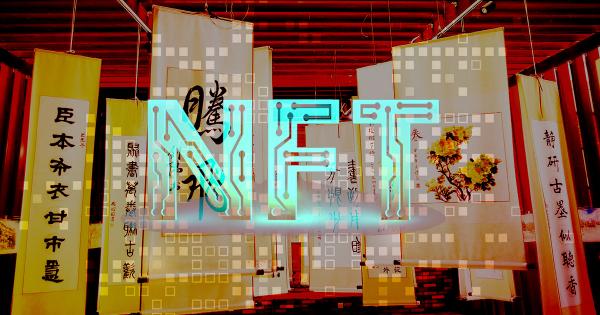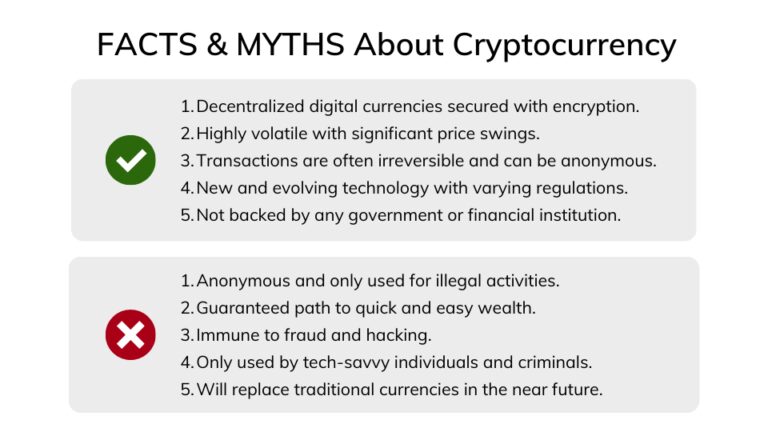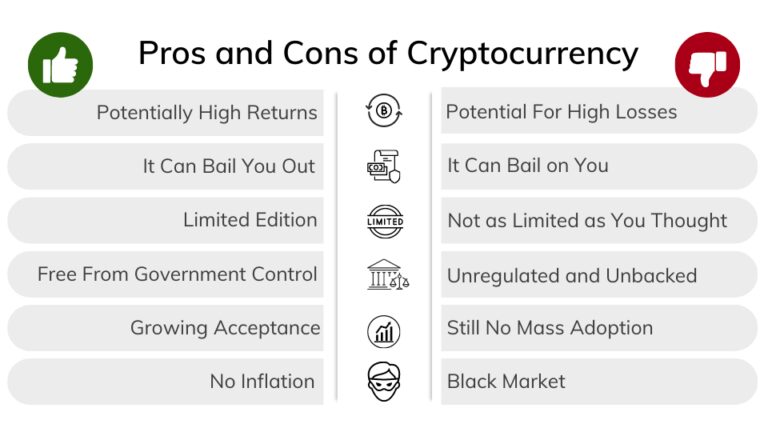Dive into the electrifying world of African NFT Art with our showcase of the top three influential artists of 2023. Explore their unique styles and uncover how they are shaping the future of digital art on the continent.

Non-Fungible Tokens, or NFTs, are revolutionizing the world of digital art. They utilize blockchain technology to imbue every piece of digital art with a unique signature, making it possible to verify the authenticity of any given work. Unlike traditional digital files, which can be endlessly copied without any degradation of quality, an NFT is unique, indivisible, and cannot be replicated. This provides a mechanism for artists to authenticate their work and, importantly, to retain ownership and control over their creations, even after sale.
NFT Art has rapidly grown within the global market. It has provided a new platform for artists to sell their work, and it has also opened up new forms of artistic expression. In 2020, NFT Art sales reached $250 million, marking a four-fold increase from the previous year. Today, digital artists worldwide are leveraging this technology to create, sell and display their work on various NFT marketplaces – a trend you can explore further in our Exploring the Top NFT Marketplaces guide.
While NFT Art’s global impact has been undeniable, its impact on the African art scene is particularly noteworthy. In an art market often overlooked by mainstream galleries and collectors, NFTs are providing African artists with unprecedented opportunities. They have the potential to combat forgery, democratize access to art, and provide a platform for artists to showcase their work globally. The fusion of art and technology, embodied in NFTs, has the ability to transform the African art scene, allowing it to be appreciated and recognized on a global scale.
The dynamism between blockchain, cryptocurrency, and the African art market is nothing short of intriguing. It is a union that is rapidly altering the art world, injecting innovation into the way art is created, bought, and sold. As with every major technological evolution, there are advantages and implications to consider, especially for African artists.
The rise of blockchain and cryptocurrencies has caused an undeniable shift in the global economy, and the art market hasn’t been immune to this seismic change. Blockchain technology offers unparalleled transparency, immunity from fraud, and instantaneous transactions. These attributes have made it an attractive mechanism for art dealings, allowing artists to navigate the often murky waters of the art market with increased confidence and assurance.
Cryptocurrencies, on the other hand, have provided a new method of payment that is fast, secure, and global. This has given African artists the opportunity to tap into international markets they previously had limited access to, thanks to the borderless nature of crypto transactions.
One of the major hurdles in buying and selling art, particularly African art, has always been ensuring its authenticity. Blockchain comes in as a trustworthy solution, offering a decentralized system where each artwork can be tagged with a unique, unchangeable digital identifier. This not only certifies the authenticity of the artwork but also provides an immutable record of its history and provenance. Furthermore, blockchain’s potential extends to archiving African art, providing a permanent, accessible, and secure digital record of these incredible works.
With the emergence of blockchain and NFTs, digital marketplaces like Bitsler, MyStake, Sportsbet.io, and others have taken a central role. They provide platforms where artists can mint their work as NFTs and then trade or sell them to a global audience. These NFT marketplaces have quickly become integral pieces of the puzzle in the digital art world, offering a smooth and secure transaction process for both artists and collectors.
It is the combined potential of blockchain and NFTs that disrupts the art market and brings about transformational change. To delve deeper into this, check out this insightful piece on How Blockchain Disrupts the Art Market.

Artist 1, whose name will remain undisclosed in this section, is a visionary contemporary artist who has been making waves in the creative industry for his innovative use of NFT technology. Born and raised in Africa, Artist 1’s interest in art began at a young age, inspired by his surroundings and cultural heritage. He studied Fine Art at a renowned local university and has since exhibited his works at prestigious galleries and art festivals around the world.
Artist 1’s work is characterized by its fusion of traditional African motifs with futuristic digital elements. His pieces are often full of vibrant colors and evocative shapes, portraying narratives that explore themes of identity, heritage, and the intersection of the physical and digital worlds. This unique approach to art has caught the attention of global audiences, paving the way for his success in the realm of NFT art.
Recognizing the potential of blockchain technology, Artist 1 started experimenting with NFTs as a way to authenticate and sell his digital artworks. Each NFT serves as proof of ownership and originality, enhancing the value and security of his creations. The complexity of the NFT minting process can be better understood by referring to our detailed NFT Minting Process Insight guide. Artist 1 has successfully transformed a number of his artworks into NFTs, offering them for sale on leading NFT marketplaces.
Artist 1’s entry into the NFT market was met with resounding success. His first NFT artwork sold for a significant amount, establishing his place in the digital art realm. The artist has since continued to sell his digital pieces, garnering a global following. Despite his success, Artist 1 has faced various challenges in the NFT space. The volatile nature of the cryptocurrency market, the need for technical knowledge, and the still-murky legal landscape of NFTs are among the hurdles he has encountered. Nevertheless, Artist 1 remains positive and sees these challenges as opportunities for growth and learning.

Artist 2, a trailblazer in the world of digital art and one of Africa’s most celebrated contemporary artists, having initially made a name for themselves in the traditional art landscape. Born and educated in Africa, Artist 2’s journey to the apex of the NFT art world has been a testament to their enduring inventiveness and the transformative power of technology in art.
Artist 2’s work is a rich synthesis of tradition and modernity, combining elements of folklore, mythology, and urban culture to create striking representations of African identity. Their distinctive style is marked by the use of vibrant colors, intricate patterns, and multi-layered symbolism that invites viewers to delve deeper into the narratives weaved into every piece.
Being an ardent digital enthusiast, Artist 2 readily embraced the NFT technology to digitize their art. Through tokenization, their artwork has been immortalized on the blockchain, ensuring the preservation of authenticity and ownership rights. Unlike traditional art, the NFTs of Artist 2’s works can be bought, sold, or traded on various digital marketplaces worldwide, expanding their reach and accessibility. If you’re interested in knowing more about NFTs and the opportunities they present for artists, feel free to scroll through the article NFTs: Opportunities and Challenges for Artists.
With the proliferation of NFTs, Artist 2 has achieved unprecedented success in the digital art market. Their unique creations have been sold for substantial sums, gaining substantial attention from collectors and investors globally. Moreover, the artist’s innovative use of technology has opened up new ways of engaging with their audience, enhancing their reputation as a pioneering creative force.
However, the journey hasn’t been without challenges. The volatile nature of the crypto market on which NFT transactions are based has posed risks. Furthermore, the limited awareness and understanding of NFTs among a broad audience base, especially in Africa, have occasionally hindered the market potential. Nonetheless, Artist 2’s ground-breaking work in the NFT space signals a promising future for digital art in Africa.

The world of art and technology has been significantly transformed by an artist with the pseudonym “Artist 3.” Born and raised in one of the vibrant cities in Africa, Artist 3 developed an early passion for arts and crafts, finding a sense of fulfillment in creating her own world through vibrant colors and intricate details. After obtaining a degree in Fine Art from a prestigious institution in Africa, Artist 3 honed her skills and conquered traditional art forms before venturing into the realm of digital art and later, NFTs.
Artist 3’s work is characterized by her unique blending of traditional African designs with futuristic digital elements. Her art pieces are a testament to the rich cultural heritage of Africa, while simultaneously pushing the boundaries of what is perceived as ‘African Art.’ The themes in her work often revolve around the celebration of African folklore and mythology, combined with issues of identity, gender roles, and social norms. In recent years, Artist 3 has also started delving into the exploration of possible futures for the African continent, particularly in the context of blockchain and cryptocurrency technology.
For Artist 3, the advent of Non-Fungible Tokens (NFTs) heralded a new era of creative freedom and security. By transforming her artwork into NFTs, Artist 3 has managed to maintain her creative control and ensure the authenticity and uniqueness of her pieces. This transformation process involves creating the artwork, digitizing it if necessary, and then minting it on a blockchain platform as an NFT. To better understand the technicalities of NFT verification, read more NFT Verification Demystified.
Artist 3 quickly gained recognition in the NFT art scene, with some of her digital artworks selling for astonishing prices. Her success is due largely to her innovative and captivating art style, as well as her strategic use of blockchain technology to safeguard her art. However, the journey hasn’t been smooth sailing. Challenges such as the high energy consumption of blockchain technology, scalability issues, and the rapidly changing landscape of the NFT market are part of the hurdles. But, despite these issues, Artist 3 remains optimistic about the future of NFTs in the African art scene.

